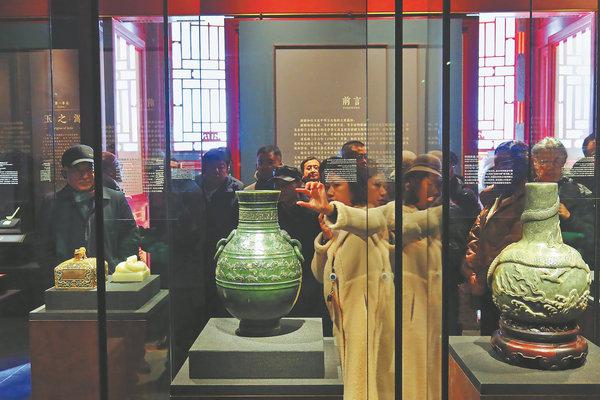
People appreciate a Qing Dynasty (1644-1911) dark green jade vase duplicate of a Han Dynasty (206 BC-AD 220) bronze vase with a fish-waterfowl design. (Photo by Jiang Dong/China Daily)
Some museum fans may have paid multiple visits last year, but on average, every Chinese person visited a museum in the country once in 2024.
As a document released by the National Cultural Heritage Administration on Friday showed, more than 1.4 billion visits — roughly equal to the nation's population — were made to museums across the country last year, setting a new yearly record.
The popularity of such facilities among the public reflects the fruitful achievements of cultural heritage-related promotional and educational efforts in China.
Also, according to the administration, since the 4th national census of cultural relics launched in November 2023, over 93 percent of some 710,000 previously registered "immovable cultural relics" — defined in China as archaeological sites, historical monuments, ancient architecture, rock carvings and so on — had been rechecked nationwide to ensure such ongoing classification by last week. Another 52,000 such relics were newly discovered in the ongoing census, which is expected to last until next year.
Archaeological work continued to be conducted in an orderly way, demonstrating key progress. In 2024, 259 proactive excavations were initiated to solve crucial academic issues. They focused not only on long-explored landmark sites marking early-stage civilization — such as the Yinxu and Erlitou sites in Henan province — but also new areas like deep-sea research on two Ming Dynasty (1368-1644) shipwrecks in the South China Sea.
"We'll continuously strengthen archaeology and thus better explain Chinese civilization," said Li Qun, director of the administration.
In preparation for infrastructure construction, another 1,480 excavations were launched last year to better protect heritage sites. More than 10 new museums opened on major archaeological sites.
The newest findings on the origins of Chinese civilization were included in the latest versions of history textbooks for elementary and high school students.
Last year, a total of 36 Chinese cultural relic exhibitions were held abroad, and 211 lost Chinese relics overseas were repatriated on seven occasions from countries including the United States, Japan, Argentina and Italy. China is also drafting national-level guidance concerning cross-border joint archaeological research in the next decade.
"(In 2025,) China will promote friendly relations between World Heritage Sites in China and other countries," Li said. "More work will be done to advance the return of key cultural relics to the motherland."
An exhibition is planned for later this year to showcase the achievements of repatriated Chinese cultural relics since 2012, he added.











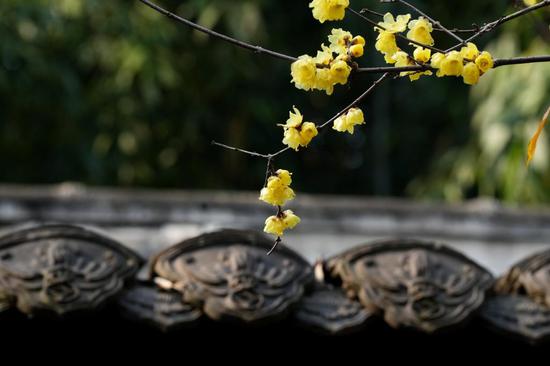

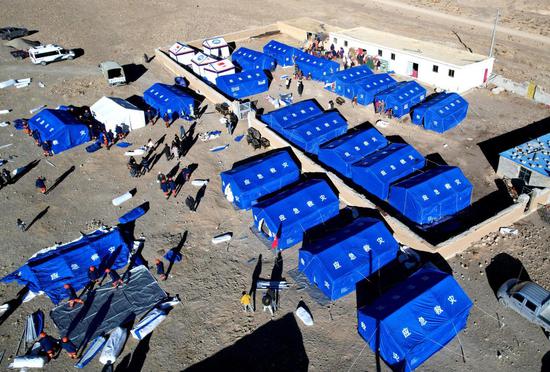

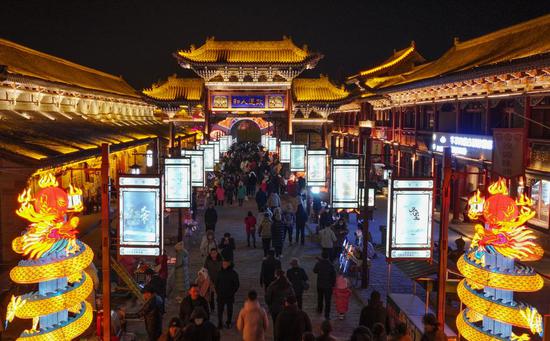

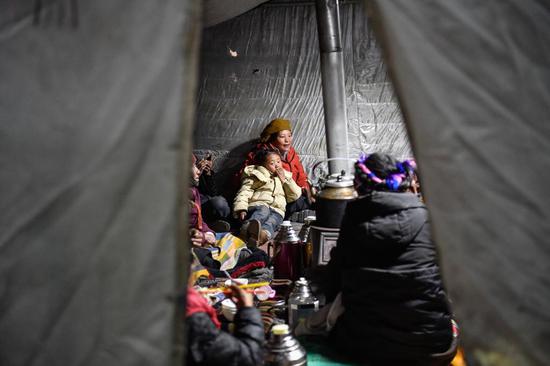
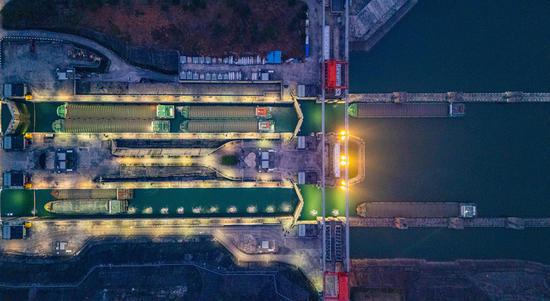










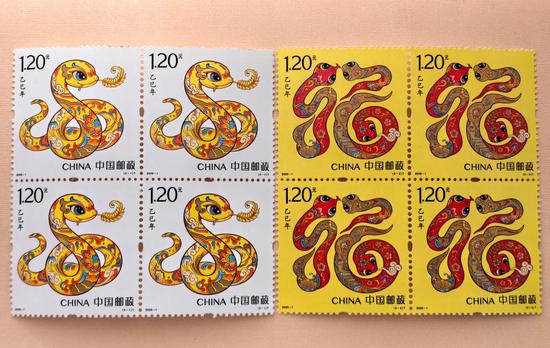


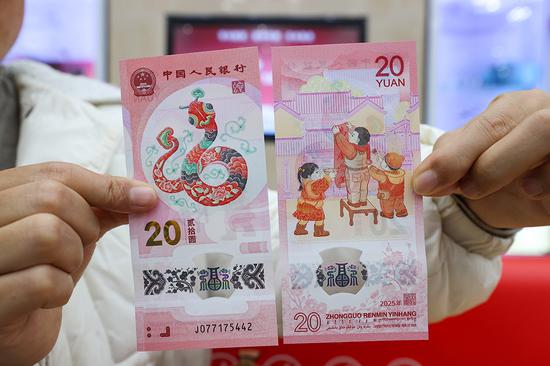








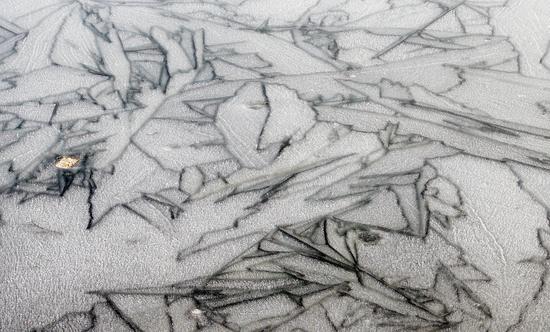






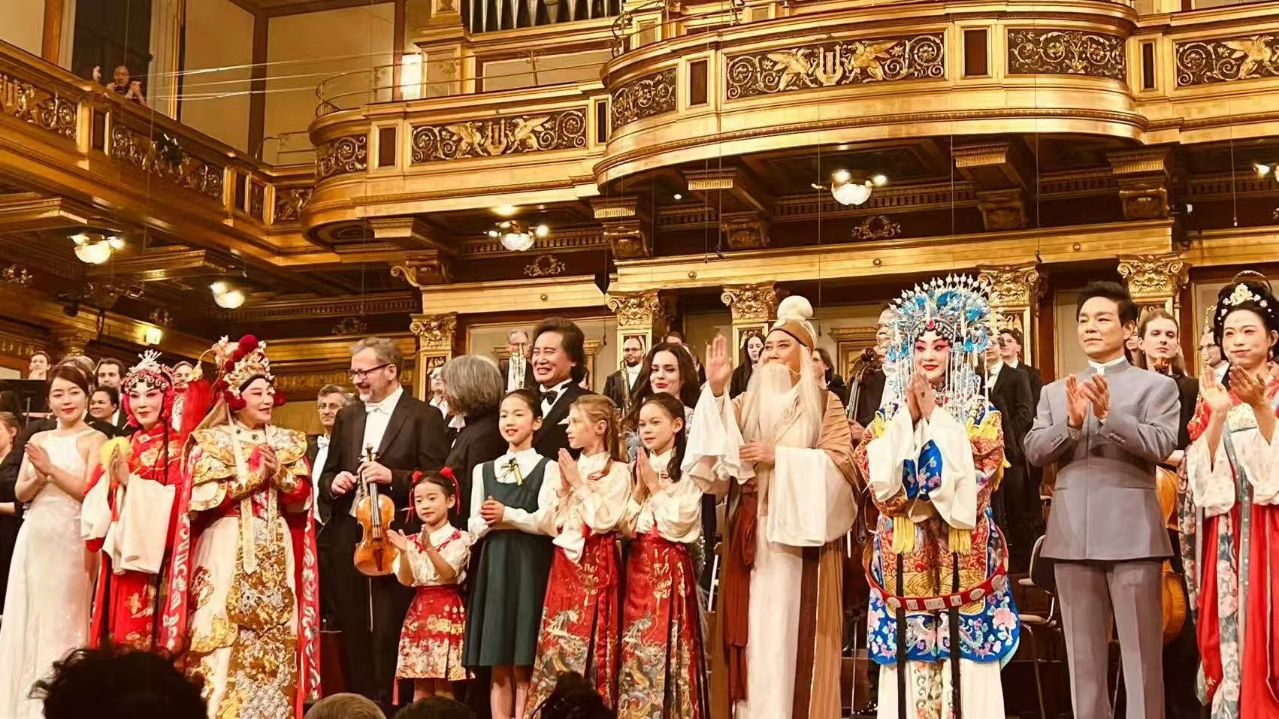

 京公網安備 11010202009201號
京公網安備 11010202009201號